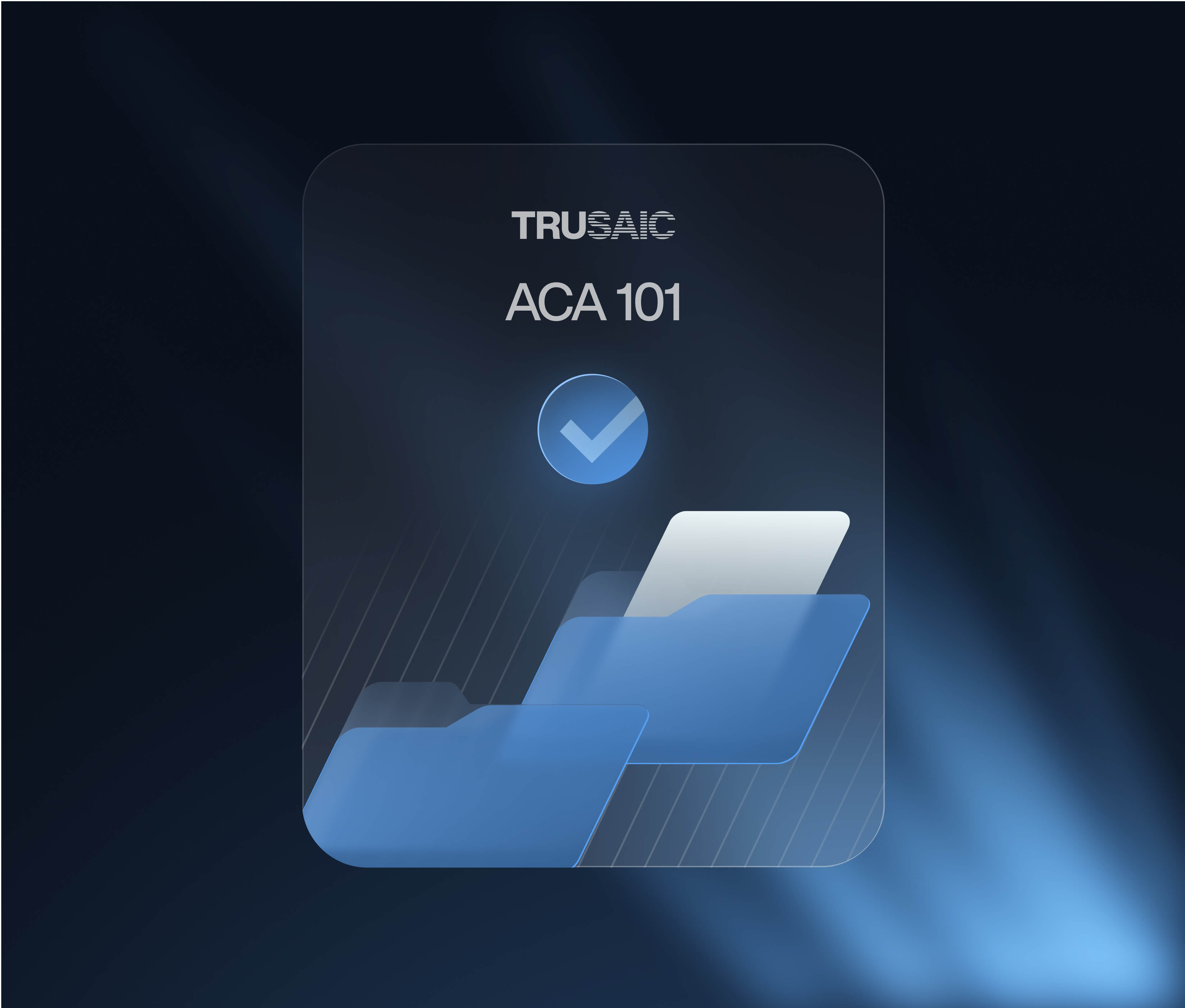The Virginia Senate is once again pushing for a pay transparency law to be implemented. Introduced by Sen. Jennifer Boysko, Senate Bill 370 passed in the Virginia legislature and headed to Gov. Glenn Youngkin’s desk.
Gov. Youngkin, as expected, vetoed the bill on March 14. Had he signed the bill, Virginia would have become the 10th U.S. state to pass pay transparency legislation.
Virginia’s proposed legislation, similar to other active pay transparency laws, would have required employers to provide pay ranges on job postings. It would have also prohibited employers from asking prospective employees for a salary history.
Employers in the Old Dominion state will not have to immediately prepare to comply with pay transparency legislation, but there’s a clear impetus in the state’s legislature to push it forward.
Action Items for Virginia Employers
Although Gov. Youngkin vetoed the pay transparency bill, employers in Virginia should still take proactive steps. Pay transparency legislation remains prominent, and it’s feasible that nearly 50% of employees in the U.S. will be covered under pay transparency laws by 2026.
Employers that aren’t moving toward more transparency with their compensation are at risk of being at a competitive disadvantage. Pay transparency is an expectation for Millennial and Gen Z job candidates, with research indicating this group will avoid applying for jobs that don’t include a salary range on the job posting.
Additionally, absent a pay transparency strategy, you limit your available talent pool. With most organizations deploying some version of a dispersed workforce model, you are required to comply with salary range requirements in other states for jobs that can be performed remotely.
Therefore, employers in Virginia should consider introducing pay transparency as standard regardless of employment law compliance. Organizations can move toward a pay transparency model by:
- Conducting a pay equity analysis. A pay equity analysis will help you understand income disparities and gender pay gaps in your organization. This is made easier by using pay equity analysis software to identify pay inequities.
- Establishing a compensation philosophy. What are the Wage Influencing Factors (WIF) in your organization? Determine what you value and what you pay for, and stick to those principles.
- Evaluate job architecture. Having a well-structured job architecture helps ensure you’re placing employees in the correct job codes. When this is done correctly it informs pay eligibility and drives compensation consistency.
- Determine pay ranges. Doing the preliminary work above will help you establish pay ranges that are equitable internally and externally. Pay equity software tools assist greatly to determine competitive and fair salary ranges by overlaying internal pay equity data with external labor market data.
The Pay Transparency Landscape
Pay transparency laws continue to be prevalent in the U.S. and Europe. Hawaii and Illinois are the latest states to enact pay transparency laws, with the former going into effect Jan. 1, 2024 and the latter set to take effect in 2025.
Massachusetts is poised to become the next state to pass a pay transparency law, and Washington D.C.’s law will go into effect on June 30. They would join states with existing pay transparency laws, including California, Colorado, Connecticut, Maryland, Nevada, New York, Rhode Island, and Washington.
Additionally, pay transparency measures have also been proposed for federal employers by the Biden Administration. And in Europe, members of the EU are preparing for the EU Pay Transparency Directive that will take effect in 2026.
This puts the onus on employers to prepare for a new landscape where pay transparency is both a requirement and an expectation.
Pay Equity at the Center
Last April, the U.S. Bureau of Labor Statistics reported that in Virginia, the median usual weekly earnings of women who worked full-time were 80% of what their male counterparts received. Full-time workers were considered people who usually worked 35 or more hours per week at their sole or principal job.
The goal of pay transparency laws is to promote practices that lead to a more equitable compensation environment. Similar to salary history ban laws, requiring pay ranges on job postings promotes fair pay practices and holds organizations accountable.
If implemented thoughtfully and strategically by an organization, pay transparency can promote a better work environment where employees believe they are paid fairly. Providing salary ranges on job postings can also positively narrow the applicant pool and improve the hiring experience.
Absent salary range information, a job candidate could go through a multi-week interview process only to discover the job offer is far below their salary expectation. This wastes the candidate’s time and causes financial and reputational damage to the employer.
The task of moving toward full pay transparency can be daunting for an organization. Pay equity software tools alleviate this concern by identifying the root cause of pay disparities and remedying them. Additionally, it supports the creation of equitable, compliant job postings and enables a consistent approach to pay range disclosure.
This empowers your organization to execute compensation plans with complete confidence that pay equity is at the center. And it ensures that you will be prepared to comply and thrive amid evolving pay transparency legislation.








